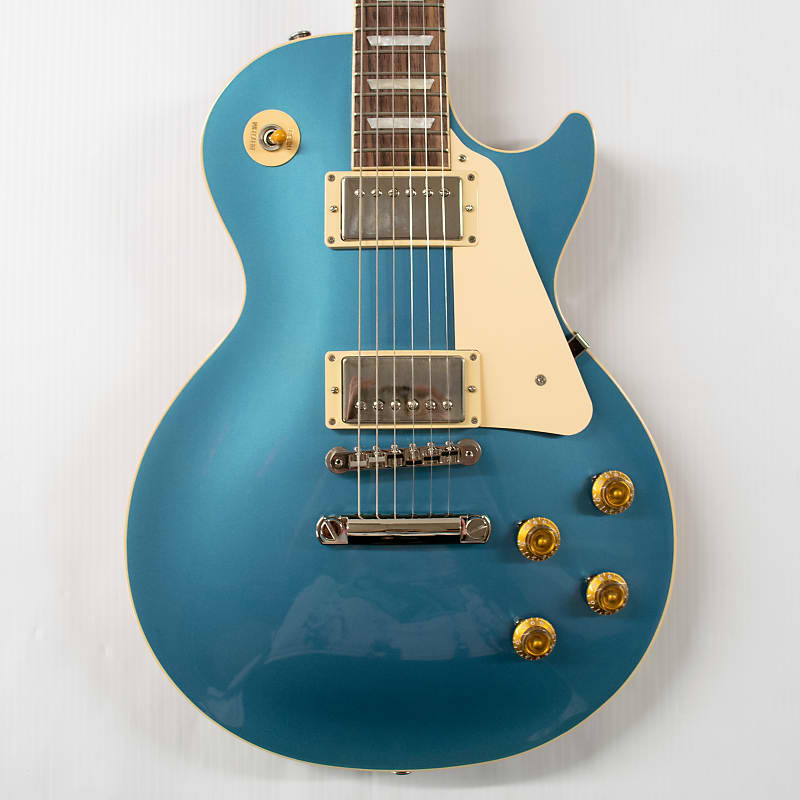While many think of drums as the oldest instrument in the world, the flute actually preceded this popular musical implement. The Neanderthal flute, the oldest known instrument, is thought to be anywhere from 60,000 - 40,000 years old. It was discovered in the Divje Babe cave in modern day Slovenia and is believed to have been made by neanderthals.
Recently, another ancient flute, 35,000 years old, was found in the Hohle Fels cave in Germany. This flute had 5 holes, a v-shaped mouthpiece, and was made from a vulture wing bone.

Flutes gradually became a staple of cultures around the world. Several flutes have been discovered in central China dating back 9,000 years. These objects were called “bone flutes” and had 5-8 holes used for tuning. Flutes continued to spread throughout ancient Asia and the Middle East, eventually reaching Europe again through Greece.
Interestingly, ancient Greeks saw the flute as the instrument of the common man and therefore it didn’t evolve much in Greece. While the flute continued to spread throughout Europe, notably, the history of the flute in Europe disappears soon after the fall of Rome in the 5th century AD and doesn't reappear until the 10th and 11th centuries.
The closest ancestor of the present-day concert flute was introduced to Germany in the 11th century AD. The flute was commonly used in military campaigns as a signaling and marching tool due to its high piercing sound that could be heard across the battlefield.

Throughout the 17th and 18th century, the flute transformed, becoming wider in diameter and separated into multiple pieces to make it more portable. During this transformation period, Bach began writing music that featured and popularized flutists.
Through the mid-1700s, the flute underwent another transformation with British flute makers adding keys to cover the finger holes, reminiscent of modern concert flutes.
In 1908, well after most design leaps had been made, Djalma Julliot of La Coutre-Boussey, France filed a US patent for a new flute design. His patent made it easier for players to operate flute keys through novel arrangements and combinations of keys. This was one of two patents Djalma was granted in the US, however he filed many more in France.
Check out the patent







